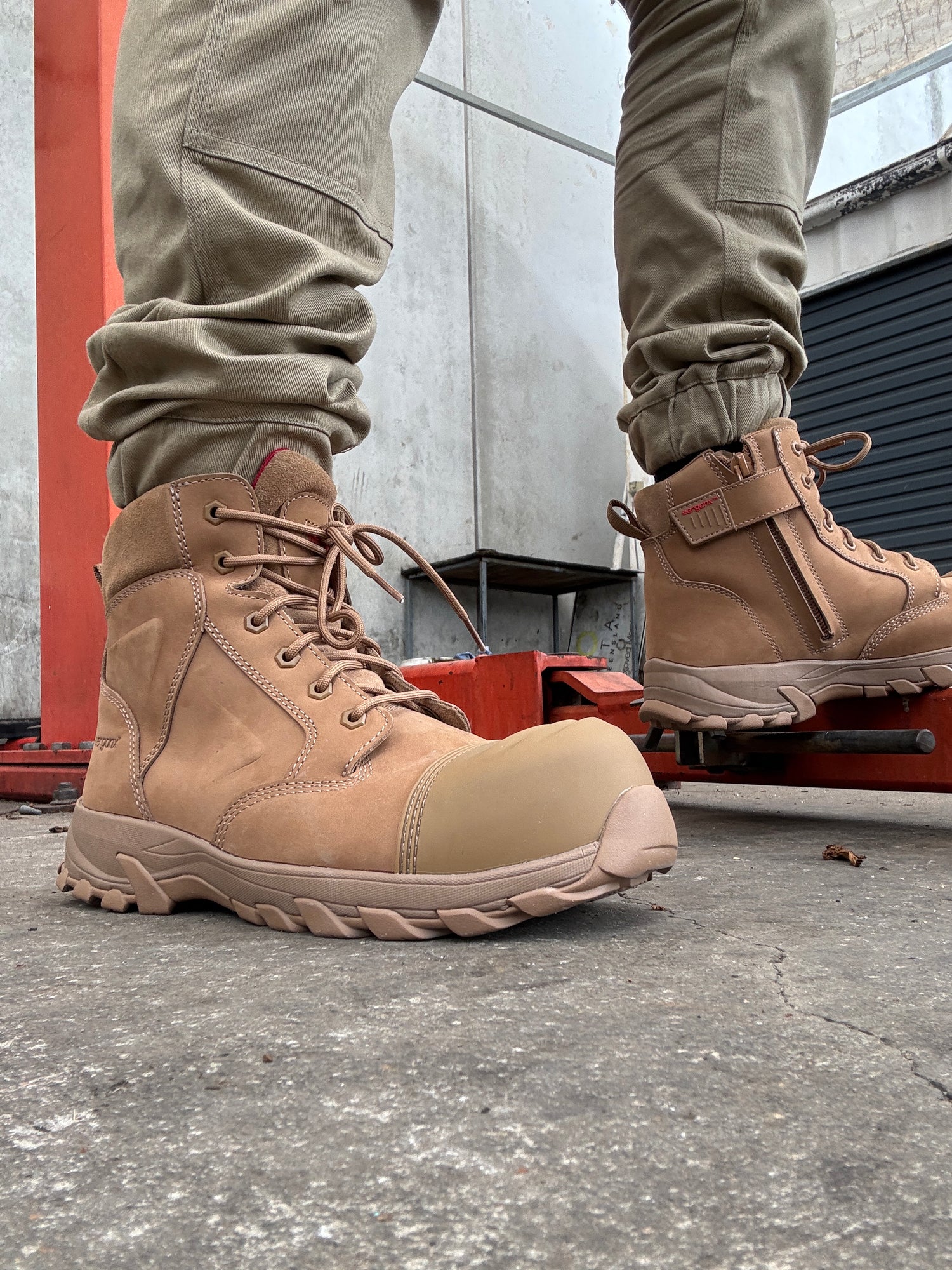Sesamoiditis Treatment- What Can I Do at Home?
HOME / FOOT PAIN / SESAMOIDITIS PAIN AND TREATMENT
What is sesamoiditis?
Underneath your big toe joint, at the ball of the foot, there are two small bones called the sesamoid bones. The sesamoids are some of the smallest bones in the body. They, together with a system of tendons, provide leverage and push you forward when you are on the move. Overuse or misalignments can result in inflammation of the sesamoid joint and its ligaments/tendons, otherwise known as sesamoiditis.
This condition should not be considered to be the same as a Turf toe, a ballistic injury, or an acute injury. Sesamoiditis is a condition that gradually develops over time.

What are some common symptoms of sesamoiditis?
You may have sesamoiditis if you are experiencing any of the following symptoms:
- Pain and inflammation under the big toe
- Decreased range of motion of the big toe joint
- Swelling, redness, or heat around the big toe
- Foot pain that is worse in the morning hours or upon waking
- Pain exacerbated by activity
If you are unsure as to whether you have sesamoiditis, it is best to seek help from a doctor or a podiatrist so that they can conduct a thorough assessment and arrive at an appropriate diagnosis. Occasionally, a doctor may recommend acquiring x-ray images or a CT scan to ensure nothing more serious is occurring.
Am I at risk of developing sesamoiditis?
This is a condition that typically arises in individuals who engage in physical activities that involve a lot of repetitive movement. Those with particular foot misalignments are also at a higher risk for developing sesamoiditis. Individuals at risk of developing sesamoiditis:
- Those who do a lot of regular walking or running
- Dancers and other athletes
- Individuals with flat feet and/or feet that overpronate
- Individuals who frequently wear high heels or ill-fitting shoes

What can I do to treat sesamoiditis?
Ultimately, you should avoid anything that will put pressure or strain on the sesamoid bones and surrounding tissue. It is a mild condition that is usually treatable with rest, anti-inflammatory medications, and lifestyle changes. Here are some tips on what you can do at home to relieve pain and manage sesamoiditis:
- Avoid wearing high heeled shoes – Shoes with a high heel place a lot of pressure on the balls of your feet. We suggest opting for more supportive and comfortable footwear, as they will allow your foot to heal and promote recovery.

- Implementing orthotics for added support – This can be a very effective treatment option for individuals with feet that overpronate (e.g. flat feet). Orthotics help to redistribute your weight and pressure across the bottom of your feet. They also reposition the foot into a more neutral position and provide much needed cushioning underneath the forefoot.

- Targeted exercises – Targeted stretches can ease pain and increase flexibility. Patients often neglect them but they can be a key part of a successful treatment plan. For example, you can use a folded towel or the end of a broomstick and place it under the foot behind your sesamoids. Roll the object back and forth to relieve the tension in the muscles in that area.
What if my case is extremely severe?
Seek help from a healthcare professional first who can do a full examination of your feet. Surgery may be required for treatment in very rare and extreme cases of chronic sesamoiditis. Some surgical methods involve the removal of a sesamoid bone or connected structures.
Have some more questions?
If you have some more questions regarding sesamoiditis, foot pain, or overall foot health, please leave a comment below. You can also reach out to us at docpods.com.au !


